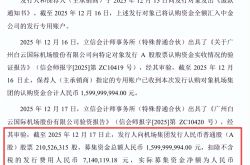China Boasts Over 7,800 Autonomous Driving Enterprises! Will the Number of Self-Driving Robotaxis Skyrocket from 300,000 to 4 Million by the 2030s? Can China Take the Lead in the Global Race? (With Po
![]() 09/05 2025
09/05 2025
![]() 701
701
Introduction
According to Time Finance, on August 28, Gong Min, the Head of China Automotive Industry Research at UBS Investment Bank, shared his latest insights on Robotaxi. He stated that the widespread adoption of autonomous taxis would represent a colossal industry.
China currently boasts over 2 million traditional taxis and more than 5 million ride-hailing vehicles. Gong predicts that by the early 2030s, first-tier cities could see the deployment of 300,000 autonomous taxis, with nationwide demand potentially reaching 4 million by the late 2030s.
Meanwhile, Baidu's Apollo Go self-driving cars zip along Beijing's Fifth Ring Road, their rooftop LiDAR sensors resembling a row of tiny mushrooms, splitting sunlight into rainbows. On Wuhan's Yangtze River Bridge, they've quietly achieved profitability per vehicle; during Shanghai's Lujiazui evening rush hour, they wait patiently at red lights alongside yellow Ferraris. Data from Tianyancha Professional Edition reveals that, as of now, China is home to over 7,800 active autonomous driving-related companies. The era of autonomous driving is roaring in, with self-driving Robotaxis gradually becoming our travel companions! Today, let's delve into this topic together!
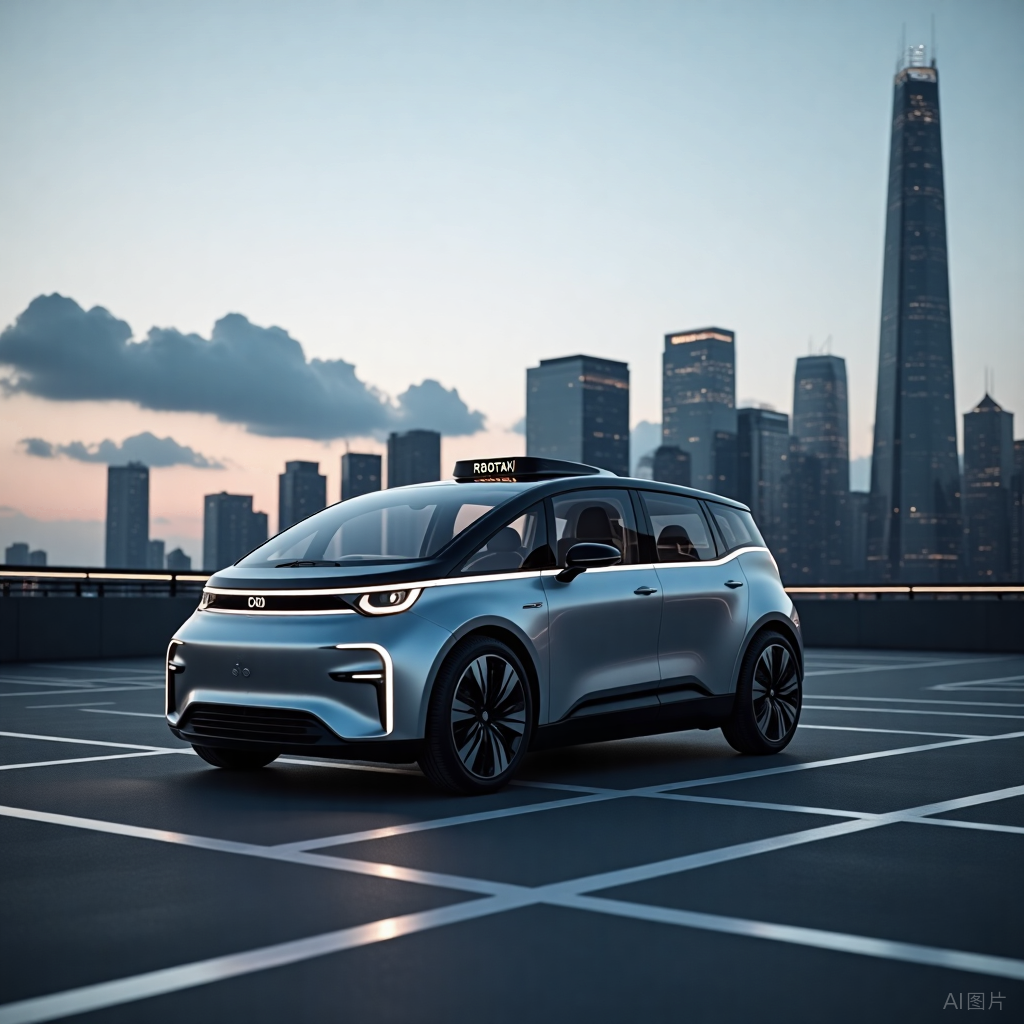
I. From 'Money Pit' to 'Profit Machine': Robotaxi's 'Comeback Story'
If the history of autonomous driving were a TV series, the early episodes would undoubtedly be titled 'Silicon Valley's Money Burn.' Investors flocked to fund it, companies eagerly spent the money, and users watched the spectacle unfold.
Take Baidu as an example: since launching its autonomous driving project in 2013, the company has invested over 150 billion yuan ($21 billion) in 12 years.
Baidu's autonomous driving deployments encompass the Apollo Bus project, shared autonomous vehicle initiatives, intelligent driving solutions, and the Apollo Go self-driving taxi service.
Initially, retrofitting a self-driving car cost a staggering 1 million yuan, with LiDAR alone accounting for half of that expense. More frustratingly, early autonomous vehicles struggled with basic tasks like 'identifying street cleaners,' let alone turning a profit.
However, the narrative took a dramatic turn in 2025.
Gong revealed: 'By the second half of this year, the cost of self-driving taxis will drop below 300,000 yuan ($42,000), with half allocated to the vehicle itself and half to the autonomous driving kit.'
This means the 'price tag' of autonomous vehicles has been slashed to one-third of its original cost.
The secret behind this cost collapse lies in China's robust supply chain.
Consider LiDAR: in 2022, a single unit cost around 5,000 yuan ($700); today, it has plummeted to $200 (1,300 yuan).
One industry executive joked: 'Selling LiDAR now is more cutthroat than selling cabbages.'
The direct result of falling costs is Robotaxi's soaring 'profitability.'
Baidu's operations in Wuhan demonstrate that when vehicle costs fall below 300,000 yuan, daily operating revenue per vehicle can cover costs and even generate profits.
It's like finally clearing the 'final boss' in a game—going from a 'cash-burning player' to a 'profit-making champion.'
II. 300,000 Fleets, 4 Million Demand: China's Robotaxi 'Blitzkrieg'
1. UBS's forecasts are hotter than Wuhan's summer:
Early 2030s: China's first-tier cities will deploy 300,000 Robotaxis; Late 2030s: Nationwide demand could reach 4 million; Market size: $8 billion for partial first-tier city deployment, $183 billion for nationwide rollout, and $394 billion when including overseas markets (excluding the U.S.).
2. These numbers aren't pulled from thin air—they're calculated based on China's existing mobility market.
Currently, China has over 2 million traditional taxis and 5 million ride-hailing vehicles, totaling over 7 million.
Robotaxi's goal is to replace most of them—after all, autonomous vehicles don't require salaries, social security, or rest breaks, and can operate 24/7. They're the 'dream vehicle' for capitalists.
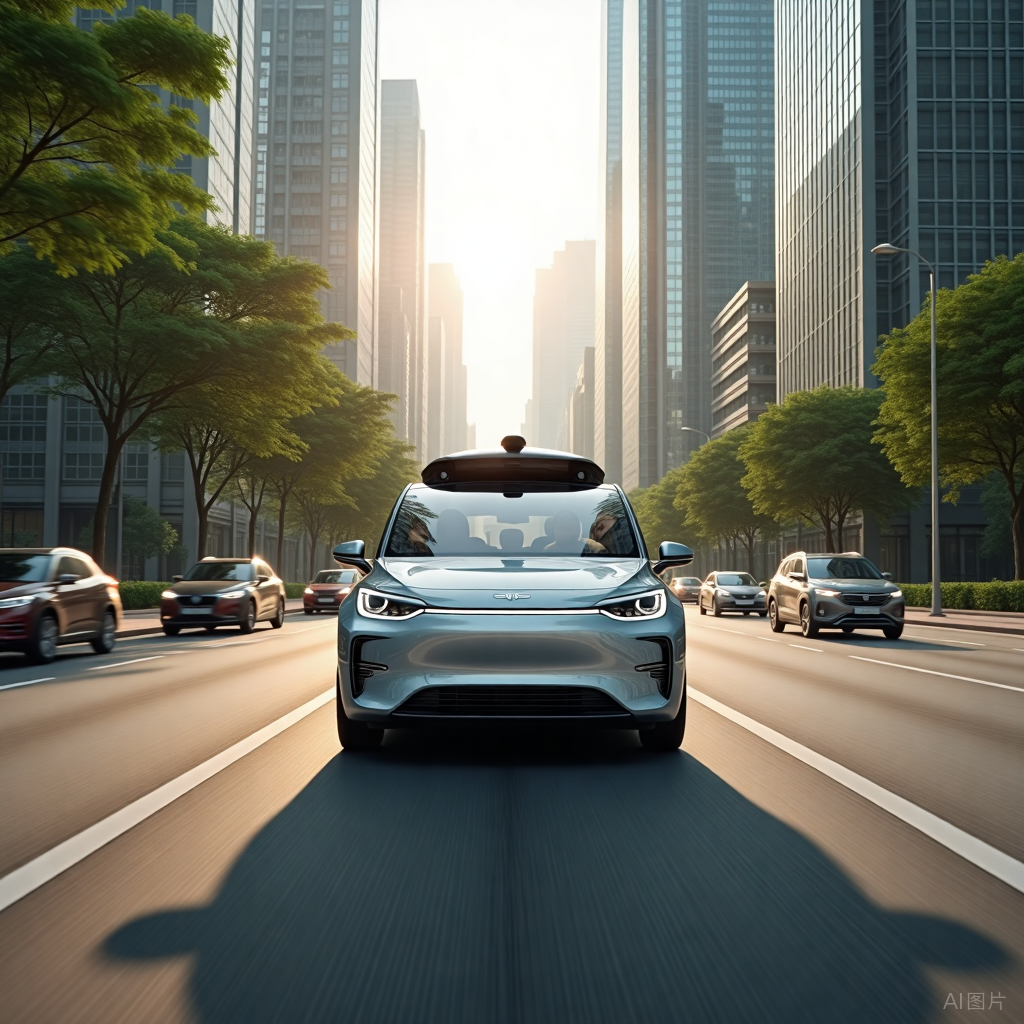
3. Shanghai's 'citywide opening' is the 'starting gun' for this revolution.
In August, Shanghai issued intelligent connected vehicle demonstration operation permits to eight companies, covering 'smart taxi' services. Pudong New Area fully opened to autonomous driving, with Fengxian and Minhang districts set to follow. This means everyone from Lujiazui's financial elite to Disneyland tourists can hail autonomous vehicles.
More dramatically, companies like Baidu and Pony.ai have received approval for fully driverless commercial operations in Shanghai. One netizen quipped: 'In Shanghai, your taxi driver might soon be a 'silicon-based life form.''
4. China has over 7,800 autonomous driving-related companies
Data from Tianyancha Professional Edition shows that, as of now, China is home to over 7,800 active autonomous driving-related companies.
Regionally, Guangdong, Hebei, and Jiangsu provinces lead the pack, with their combined total exceeding 2,600 firms, accounting for 34.2% of the national total.
III. Data + Policy: China's Robotaxi 'Dual Engine'
Robotaxi's rapid rise owes much to two 'invisible drivers': data and policy.
1. Data—the 'fuel' for autonomous driving.
Autonomous driving is essentially a 'data race':
Algorithm optimization requires massive real-world testing data;
Handling extreme scenarios demands more 'unexpected' data.
For example, how to identify suddenly appearing food delivery riders? How to navigate flooded roads during rainstorms? The answers lie in data.
China holds a natural advantage here.
Take Wuhan: Apollo Go's vehicles have traversed every corner of the city, from morning rush hour to midnight, in sunshine and storms, collecting 'terrifying' amounts of data.
One engineer revealed: 'Our data volume is 10 times that of foreign peers.'
2. Policy—the 'safety net' for autonomous driving.
From central to local governments, China is 'greenlighting' Robotaxi.
On April 1, Beijing implemented new autonomous driving regulations, providing a legal framework for Level 3+ vehicle operations;
Shenzhen and Guangzhou established testing permit reciprocity mechanisms, eliminating redundant applications for companies.
3. China has also mastered 'balance'
On one hand, it requires tech firms to collaborate with traditional taxi companies to mitigate employment impacts;
On the other, it views Robotaxi as a key 'new quality productive force' to drive industrial upgrading.
This combination of 'top-down design + market vitality' has propelled China's Robotaxi development ahead of the global pack.
IV. The Ultimate Showdown: Will Self-Driving Robotaxis Disrupt Your Life?
As Robotaxi costs plummet, scales expand, data multiplies, and policies loosen, a grander question emerges: What's its endgame?
1. The answer may be wilder than you think.
In UBS's vision, Robotaxi won't stop at 'replacing taxis.'
Its operational scope will expand from urban cores to entire cities, even intercity routes;
Private vehicles' autonomous capabilities will also rise, achieving 'full-scenario driverless' driving.
2. What does this mean?
Commuting will be redefined: When you can sleep, binge-watch shows, or hold meetings in autonomous vehicles, urban physical boundaries will dissolve. Living in suburbs while working downtown may no longer be a 'compromise.' Travel costs will crash: Without drivers, maintenance costs drop, potentially making rides cheaper than subways. Urban landscapes will transform: Parking lots could become parks, gas stations could turn into charging hubs, and even 'traffic jams' might become history. 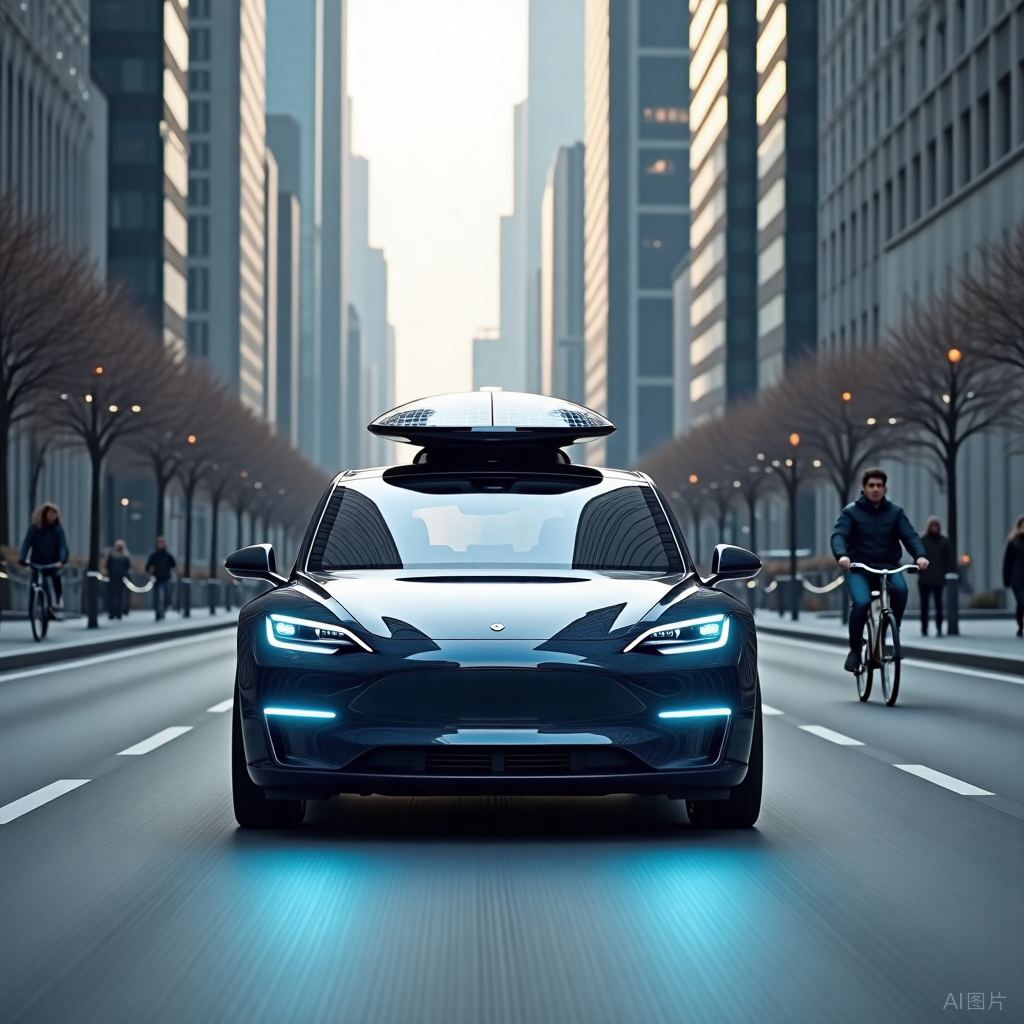
3. Robotaxi as the 'vanguard' of the intelligent revolution
Elon Musk once predicted: 'The future of cars will be defined by intelligence.'
And Robotaxi is the 'vanguard' of this revolution.
V. Global Race: Can China Lead the Next Era of Mobility?
1. The Robotaxi competition is no longer a corporate 'skirmish' but a national 'tech showdown.'
From America's Waymo and Cruise to China's Baidu Apollo Go, Pony.ai, and WeRide, plus Tesla's FSD entry, global tech giants are vying for this 'future mobility' ticket.
Because the winner will define next-gen urban infrastructure, transportation standards, and even lifestyles.
2. China clearly holds the early advantage.
Technologically: Lower costs, more data, faster deployment;
Policy-wise: Flexible regulations, stronger support, and a more complete ecosystem;
Market-driven: Higher demand, greater user acceptance, and vast commercialization potential.
Over 7,800 autonomous driving firms are China's strongest hand in this race!
3. Once the wheels of history turn, they rarely stop.
As Wuhan's autonomous vehicles turn profitable, as Shanghai's Lujiazui welcomes 'silicon drivers,' as Beijing's laws pave the way for Level 3 vehicles, the Robotaxi era has arrived with a roar.
China is running neck-and-neck with the U.S.—and may soon lead the global pack!
VI. Conclusion: Are You Ready for the Driverless Era?
The summer of 2025 may mark a 'watershed' for autonomous driving.
Previously, discussions about Robotaxi revolved around:
'Is it safe?'
'Is it reliable?'
'When will it turn a profit?'
Now, answers are clear: It's safer than human drivers, more reliable than traditional taxis, and already generating profits.
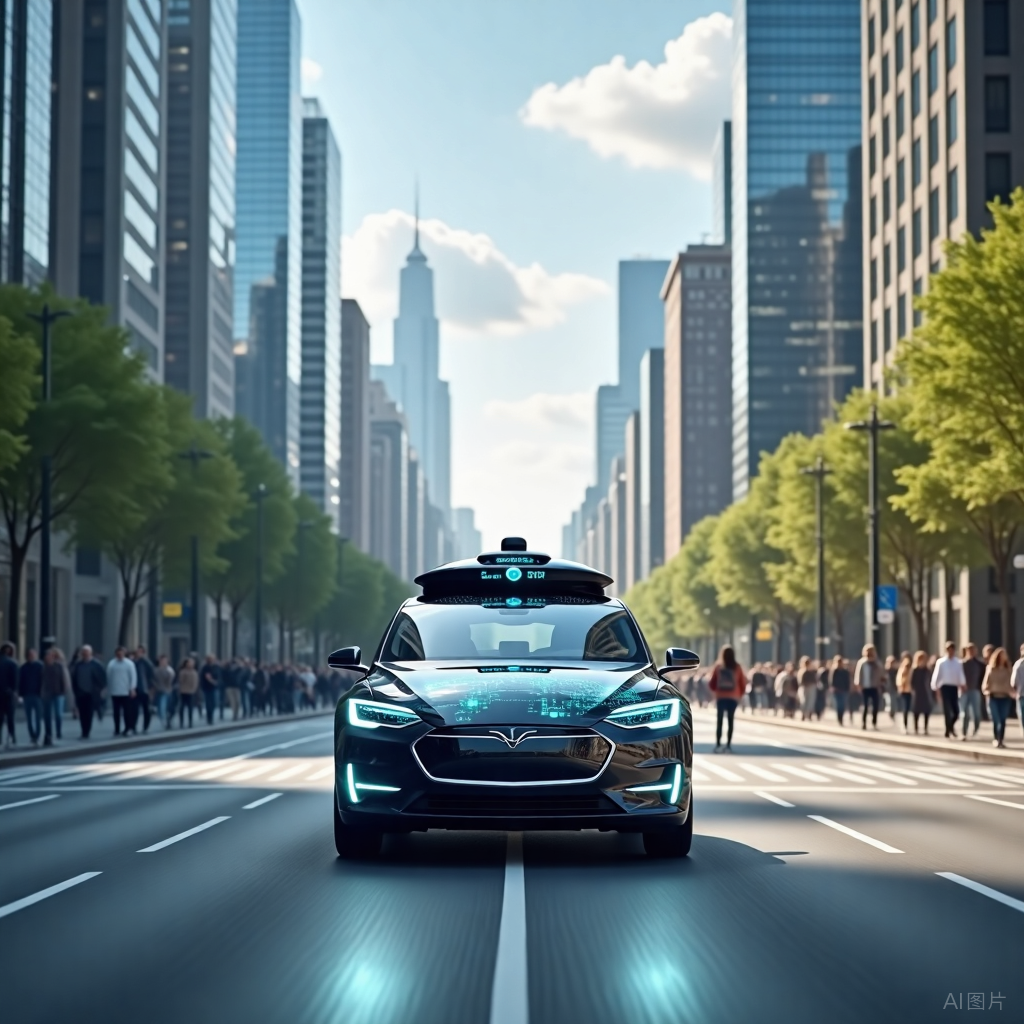
In the future, it may radically transform your travel—when you no longer stress over traffic jams, parking, or surge pricing, you'll realize the 'driverless era' once confined to sci-fi movies has quietly arrived.
In short, 'Autonomous Vehicles Are Here' believes:
Next time you spot an 'Apollo Go' in Wuhan or another city, wave at it—it might just be your future commute's 'best partner.'





